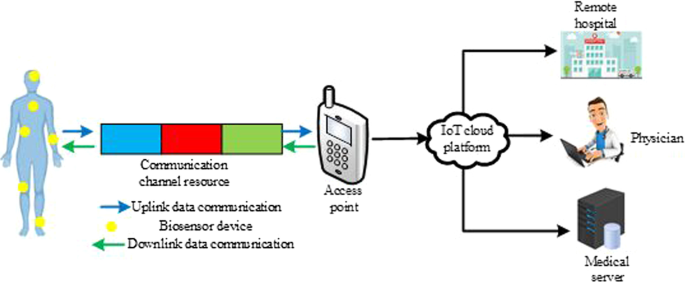

International Journal of Distributed Sensor Networks”, 12(1), 1-10. and Zhang, C., (2016) “Implementing smart factory of Industrie 4.0: an outlook. In 2018 14th IEEE International Workshop on Factory Communication Systems (WFCS), 1-10.

and Bertolotti, I.C., (2018) “ Design patterns for the industrial Internet of Things”. Rio R, (2015) “Optimize Asset Performance with Industrial IoT and Analytics”, Dedham, MA 02026 USA, 1 - 6.īloom, G., Alsulami, B., Nwafor, E. In 2015 International Workshop on Secure Internet of Things (SIoT), 49-57. and Kikiras, P., (2015) “On the security and privacy of Internet of Things architectures and systems”. Vasilomanolakis, E., Daubert, J., Luthra, M., Gazis, V., Wiesmaier, A. In 2014 IEEE international conference on industrial engineering and engineering management, 697-701. and Miragliotta, G., (2014), “Smart factories in Industry 4.0: A review of the concept and of energy management approached in production based on the Internet of Things paradigm”. In 2016 IEEE 2nd International Forum on Research and Technologies for Society and Industry Leveraging a better tomorrow (RTSI), 1-5. and Grieco, L.A., (2016), September”Energy consumption analysis of TSCH-enabled platforms for the Industrial-IoT”. IEEE Internet of Things Journal, 5(6), 4515-4525.īoccadoro, P., Barile, M., Piro, G. Liao, Y., Loures, E.D.F.R., and Deschamps, F., (2018) “Industrial Internet of Things: A systematic literature review and insights”. The proposed protocol can be reduced the overall energy consumption with up to 64.14 %, decreases the delay by 33.7 %, and increases throughput by 63.0 %. To validate the proposed protocol, different experiments are conducted based on the Cooja simulator. Moreover, this paper intends to estimate the performance of IIoT devices in terms of energy consumption, throughput, and delay time through an analysis of their respective ways of operation running the Contiki Operating System (OS). Thus the number of time slots, which assigned to the sensors will decrease. The proposed MAC protocol leads to reduce the CAP portion. This paper proposed the Contention Access Period Reduction Medium Access Control protocol (CAP Reduction MAC protocol) for reducing the CAP duration size based on IEEE 802.15.4e. Many research efforts were made in this area aimed to improve power consumption and performance. The IPv6 has enabled the use of many IIoT devices, so these devices consume large amounts of energy. cooling photovoltaic-thermal systems, circulation pump, Flow optimization.

Type-2 fuzzy logic system, default, prediction model.

#Issues with efficient mac paradigm for the internet of things registration
Key words: Key words: Key words: Key words: Key words: Key words: natural features natural featuresnatural features natural featuresnatural featuresnatural featuresnatural features natural featuresnatural features natural featuresnatural features, image, Keywords: Cyclic Stimulation, Stresses, Cementing, Steam injection, Sand Production MFCC features, neural networks, classification Malute Density, Viscosity, API0 Production optimization, Injection rate allocation, Network Modeling, Key field Space registration Thermal Power, High-Pressure (HP) Heaters, Heat Transfer, Heat Exchanger, Efficiency Type-2 fuzzy logic system, Fuzzy C-means, fraud detection, online payments, debit cards. Hazard, Engineering Control, Petrochemical, Pilot Plant, Research Survey.


 0 kommentar(er)
0 kommentar(er)
